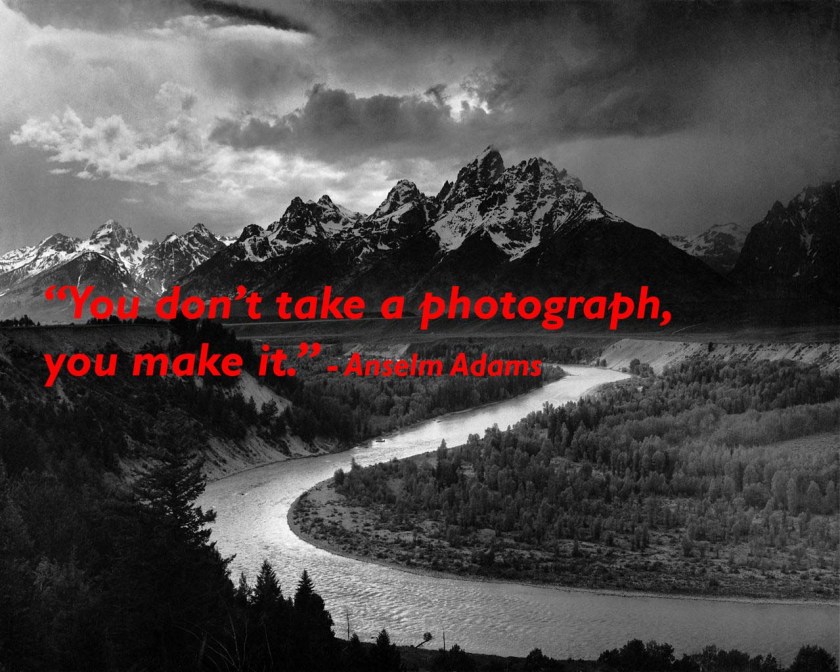
This post is a reflection on how recent technology has seemed to have impacted on photography students at key stage 4 or Post-16. My thoughts centre on ease-of-use, quality and ‘quick fix’ or shortcuts.
My photography teaching started in the mid-1990s; these were pre-consumer digital camera days so it was essential to have a darkroom and chemicals and rely on a bit of hit-and-miss in terms of quality. I had a GNVQ Intermediate group (level 2 GCSE equivalent) who were largely left unsupervised in the classroom as I disappeared into the cupboard (converted darkroom) with three others of the class. This would be a safeguarding issue today but much more shocking derelictions of duty took place in those days. Without a technician, every step had to be watched, managed and dealt with; fainting kids (hot in there in Summer), smelly chemicals and dripping papers… My point is, this was a kind of alchemy, a complete mystery to all but a few who may have read the book in the library. With the time allowed and cost of materials, the students could only hope to produce something… something for portfolio to evidence they had a go until they made it to college and could explore further.
/cdn.vox-cdn.com/assets/1372279/casiolcd_mini.jpeg)
Next stage, late 1990s, was the first affordable Casio and Kodak digital cameras. Our first one was a Casio QV10 from Dixons with a tiny 1.8″ screen and I think a 1/4 megapixel sensor. It saved to internal memory and cost an arm and a leg but revolutionised the idea of quick capture for developing art work. Not a truly photographic tool, unless you compared it to a pinhole camera.
My next step was to focus on Photoshop. Any crappy image could be post-produced and our usual ragtag of inept camera output could be cropped, liquified and gaussian-blurred without exception. I didn’t know anyone who owned a DSLR at this stage.

Around the mid-2000s a slew of 6mp DSLRs became very affordable for a select group of Post-16 students. The impact was incredible; these were the first quality to compare with analogue means of production. The interface was simple, meaningful settings (compared with SLR) and no reliance on pre-built in filters and ‘features’ (yack). At last, we could viably run a digital darkroom! My school at the time got so excited they bought green gloss paint for the skirting boards and matching green plastic chairs! Classroom of the future or what?! With Post-16 funding being what it was at the time, my class of 22 students enabled me to buy 15 Nikon D40 kits.

In the last few years the technology has been miniaturised to fit in smartphones and tablets/iPads. Without the controls, settings and understanding but with an incredible ease-of-use. There are apps that simulate SLR use (VSCO or Manual for instance) but there isn’t the thrill of getting it wrong like on a real camera. The point here is, they are easy to use and have great quality output and with apps like Snapseed, superb end-user quick fixes that you don’t need Photoshop for. But because they skim the surface of the subject, the user has no real understanding of either the technical reasons or the aesthetics of their photography. You see it all the time on Instagram – ‘pretty’ snaps, devoid of cognitive depth. Otherwise there is a proliferation of shitpics. I am not just being snobby about it here! I have recently had students say they prefer to use their phones for assignments as they are more reliable than a DSLR camera. Why take the risk of it not going to plan? This is emphatically the case for portrait mode on iPhone 7+ and on the latest models (iPhone 8 and X), portrait lighting mode (currently Beta). We seem to have gone back a leap in photography terms. I am not dissing the photographic quality; just the usefulness – the phone camera is merely a quick capture tool in the hands of the students albeit with exceptional results. The photographic process is not being explored or learned and the photographer reduced to an idiot-savant¹.
¹ Defintion at http://www.dictionary.com/browse/idiot-savant.
Image credits:
Top image adapted from The Tetons and the Snake River, 1942 by Ansel Adams (public domain)
Camera images from advertising for Casio, Nikon and Apple.
LikeLike